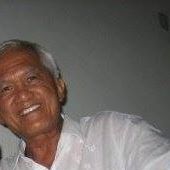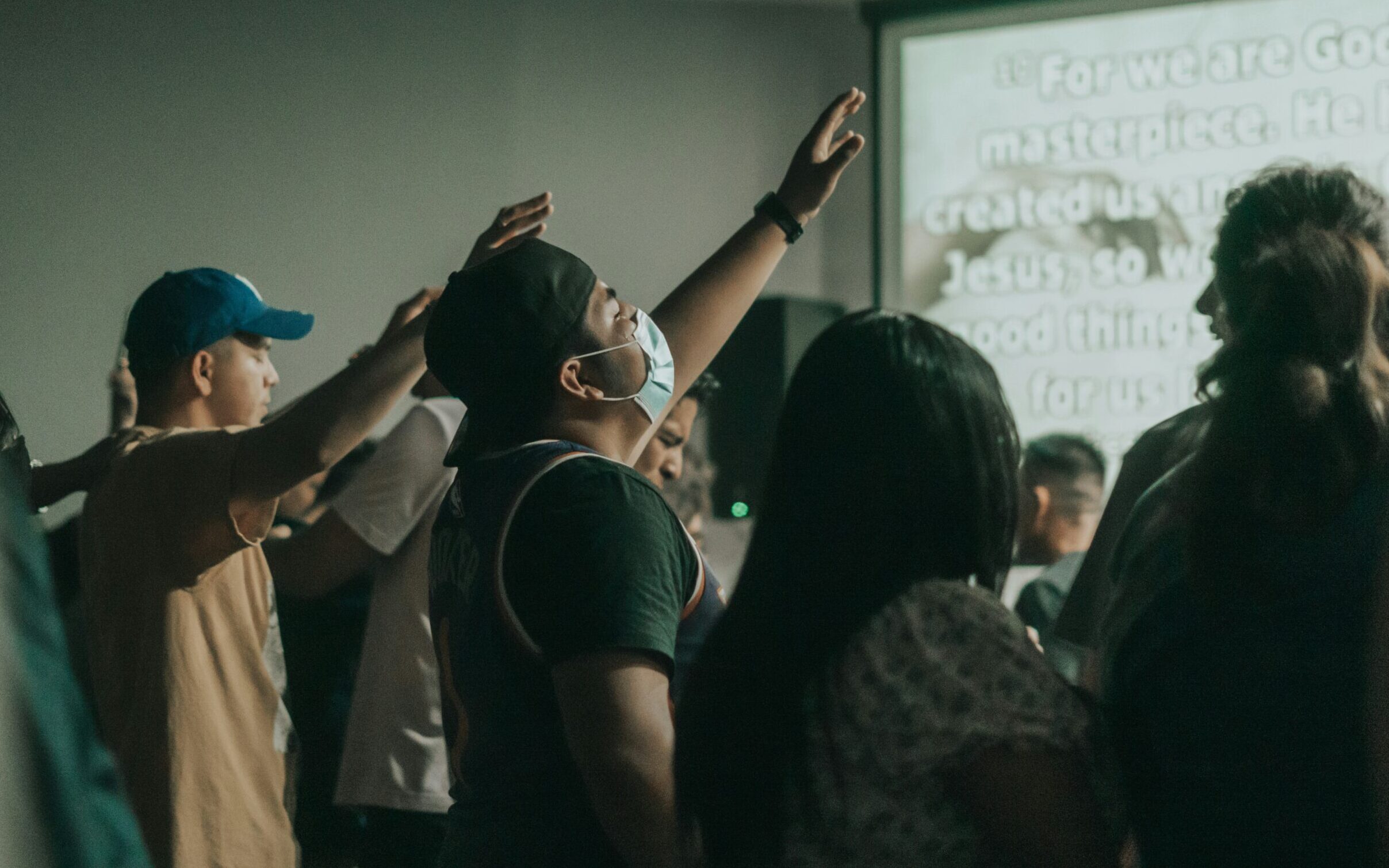By Emmanuel Ikan Astillero
September 14, 2017 8PM (+8 GMT)
Makati, Philippines
Before the Spaniards came in 1521, our place names were originally our own. When the Spaniards came, together with the forced subjugation of our society, and the forced conversion to Christianity, our original place names were replaced by foreign names. This practice of “deculturalization” continued with the coming of the Americans in 1898, and extended to the present – 2017.
Why is it important to retain our original place names?
The main reason is we lose our “identity of place”. We “float” culturally. We lose our cultural moorings. We then shed our dignity. And we become weak as a people. Our adoption of foreign names made inroads into our nationalism. We love less our society, our country, and with the replacement of our place and people names, we become easily swayed to external forces – be they political, economic, or social forces.
The strongest impact is our loss of history.
For instance: we have changed “Sugbu” to Cebu because the Spaniards cannot pronounce “sugbu” (to roast over coals, or “fire”). The same was done with “Cavite” because the Spaniards cannot pronounce “Kawit” which means “hook” –i.e., the peninsular shape of the city of Cavite. It is good that we retained “Lapu-Lapu” and “Mactan” to keep alive the battle that we won against Fernão de Magalhães, the Portuguese adventurer and mercenary in the service of the Spanish monarchy. And we retained “Maynila” but dropping the final “d” (“maynilad” – “nilad” being the profuse growth of the fibrous grass in Manila).
But elsewhere, the change of names and the loss of history continues unabated even to this day. “Taft Avenue” remains an imperialistic slap to our nationalism. If not foreign names then we throw away history by putting names of politicians such as “Doña Remedios” for a small town in Samar. And while “Valenzuela” (named after a Filipino nationalist, Dr.Pio Valenzuela) substituted for the old revered name of “Polo, Bulacan”, it is nonetheless a loss of a long tradition.
We are happy to note exceptions to this renaming orgy: “Mataas na Kahoy,” adjacent to Lipa City, is a small town in Batangas. “Mataas na Lupa” is a barangay of Indang, Cavite along the road to Trece Martires City. “Calatagan” (laid out) in southern Batangas is a plain next to the sea.
And of course, we are happy to note, among many original names, “Palawan” (“heroic”), “Butuan” (“many seeds”), “Agusan” (“water flow”), “Bulacan” (“cotton trees”), “Pampanga” (“river banks”), “Tacloban” (“giant clams”), “Mayon” (“magayon” – “beautiful”), “Taal” (“native”), “Pasay” (“pasai” – a place in Sumatra), “Batac” (a place and a tribe in Sumatra), etc.
But while “Batasan” was the older name of “Bailen, Cavite” – the smallest upland town in that province, in 1965, the then mayor, upon instigation of a political warlord in the province, then a congressman and later a senator, changed without a referendum the name “Bailen” to “Gen. Emilio Aguinaldo” when the town of Kawit, the birthplace of that revolutionary hero, and which hosts his family’s historic mansion rejected changing “Kawit” to “Aguinaldo”. In 2000, The Provincial Board of Cavite has approved the reversion of “Aguinaldo” to “Bailen” but the local executive leadership has not pursued the reversion.
We propose consideration of a national cultural program of researching our original place names, and pushing that the foreign and political name-replacements revert to the original – based always of course on a people’s referendum of the place affected. This program should be tasked to the political leadership in local governments – province, cities and municipalities, via the DILG.
Referendum can coincide with national and local elections to minimize costs. This “Original Place Name” campaign will revive our love of country. We shall be reminded of our roots. We shall be reminded that our people can trace our history much further back, than the American or Spanish colonization.
When I travel to Indonesia or Thailand, I feel inferior to the Javanese and Thai cultures which have remained strong across their long histories. They have retained their place names, despite foreign incursions. We respect the Indonesians and the Thais because they walk with their heads high, carrying the names of their ancestors, proud of their ancient legacies.
On the other hand, we walk with less pride, using foreign names – “San Jose”, “Sta. Barbara”, “McKinley”, “Forbes Park”, “Legazpi”, “Plaza Lawton” (mercifully renamed “Plaza Bonifacio”), etc.
We should do no less. We should not become a people of short memory.
ABOUT THE AUTHOR

Emmanuel Ikan Astillero, an alumnus of the University of the Philippines, is a prolific writer, former banker, local historian, theosophist, urban and regional/environmental planner, and a humanist. Aside from being a member of HAPI, he is also an active member of Partido Luntian which is committed to push policies and programs to benefit various key environmental and sustainable development agenda.
Please check his autobiography HERE









